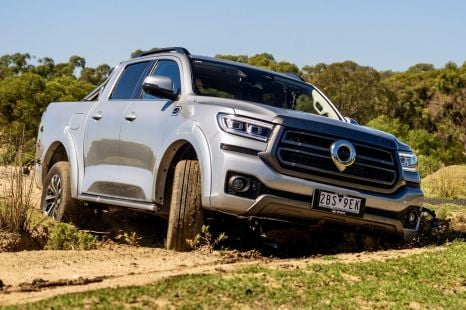

Max Davies
2026 GWM Cannon Ultra review
6 Days Ago

Contributor
A Tesla Model S driver who was using their phone while behind the wheel claims they were using the car’s semi-autonomous driving technology when it ploughed into a police car attending a fatal crash.
The Los Angeles Times reports the crash happened last week in Fullerton – about 43km south-east of downtown LA – when a police officer was investigating a fatal crash between a car and motorcycle around midnight.
Despite the police car’s flashing lights being activated and emergency flares being placed on the road to warn traffic about the prior incident, the Tesla Model S reportedly approached the scene at unabated speed and hit the patrol car.
Both the police officer and a dispatcher who were near the patrol car were lucky to escape injury, managing to move out of the way prior to the impact.
According to the publication, the Tesla driver cooperated with officers and claimed they were using their vehicle’s ‘Full Self-Driving’ semi-autonomous driving system while on their mobile phone in the lead up to the crash.
Tesla markets Full Self-Driving – technically a Level 2 autonomous driving system, despite the name – as having the ability to accelerate, brake and steer the car itself, with the system claimed to be capable of navigating, changing lanes and following road signal directions.
However, the owner’s manual warns drivers must be prepared to take over control at any time – either for emergencies or in case of a failure with the technology – while the use of a mobile phone while driving in its semi-autonomous mode is also forbidden.
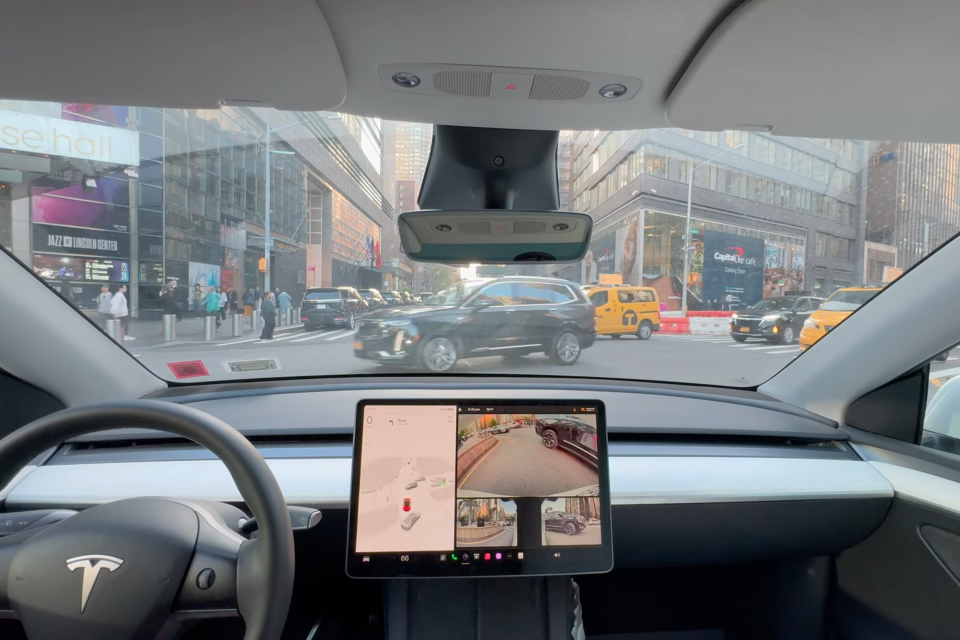
While it hasn’t yet been confirmed whether Full Self-Driving was engaged in this instance, there have been numerous incidents in the US where Tesla’s semi-autonomous driving systems – including the less capable ‘Autopilot’ software – were blamed for crashes into parked police cars.
In February 2021, a Tesla Model X driver who was allegedly using Autopilot crashed into a parked police car at 87km/h (54mph), resulting in injuries to five police officers and a motorist they had pulled over in the minutes prior.
Last year, the US National Highway Traffic Safety Administration (NHTSA) was actively investigating at least 16 crashes involving Tesla’s semi-autonomous vehicles and emergency vehicles.
Six of these crashes occurred when the parked vehicle’s emergency lights were flashing, according to the road safety regulator.
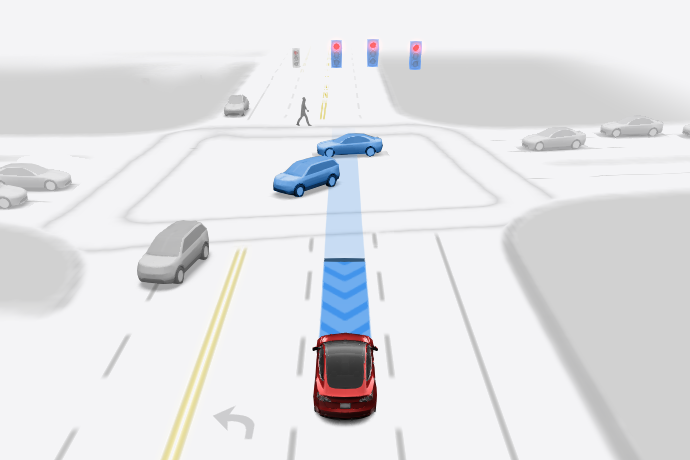
While these investigations are ongoing, Tesla has been victorious in a couple of high-profile lawsuits brought against it for fatal crashes involving its Autopilot system.
In July 2023, a court found the driver of a Tesla Model S which ran a red light and killed two people in a crash was at fault for the incident, not the Autopilot system which was engaged at the time.
This was followed in November by Tesla also being cleared of fault for another fatal crash. This involved a Model 3 driver who was killed after the electric sedan veered off the road and into a tree at 105km/h, also with Autopilot engaged.
There have also been instances where drivers have been involved in crashes and initially blamed the semi-autonomous technology but later admitted to being at fault.
Last month, the driver of a Tesla Model 3 who struck a Melbourne nurse two years ago finally admitted fault for the incident after she initially blamed the car’s Autopilot system, and was given a nine-month jail sentence.
Where expert car reviews meet expert car buying – CarExpert gives you trusted advice, personalised service and real savings on your next new car.
Born and raised in Canberra, Jordan has worked as a full-time automotive journalist since 2021, being one of the most-published automotive news writers in Australia before joining CarExpert in 2024.


Max Davies
6 Days Ago


Josh Nevett
5 Days Ago
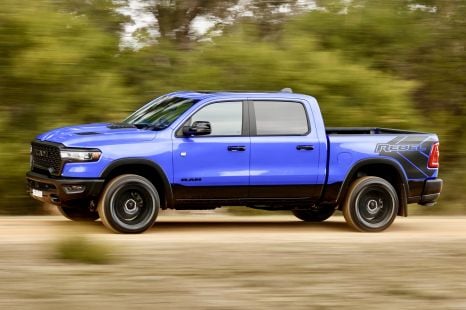

Max Davies
5 Days Ago
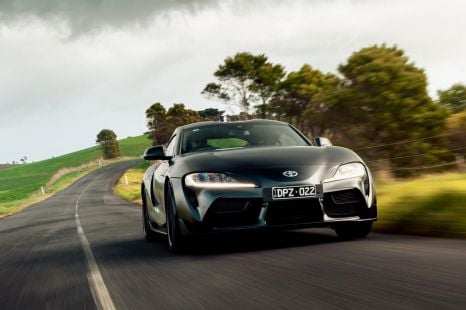

Max Davies
3 Days Ago
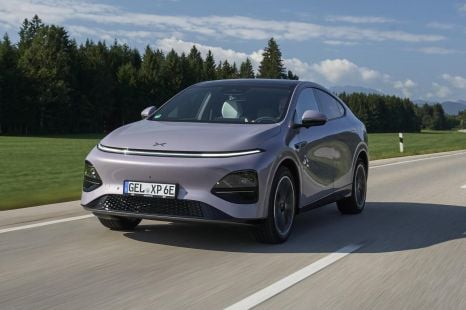

Neil Briscoe
2 Days Ago


Max Davies
1 Day Ago